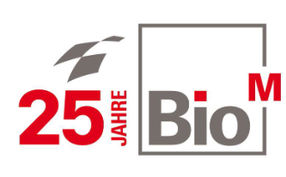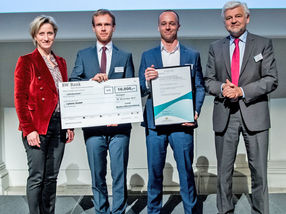New EMA guidance on development of antibacterials
The European Medicines Agency (EMA) released an addendum to the guideline on the evaluation of medicinal products indicated for the treatment of bacterial infections. One of the most important aspects of the addendum is that it outlines a new approach facilitating the development of antibacterial agents targeted against multidrug-resistant (MDR) pathogens where patients have very limited or no remaining treatment options. It also gives guidance on data-gathering strategies to support the benefit-risk evaluation as part of the marketing-authorisation process for different indications.
This addendum complements the guideline on evaluation of medicinal products indicated for treatment of bacterial infections.
“Infections by multidrug-resistant bacteria in the European Union are a major public health burden causing 25,000 extra deaths per year,” said Guido Rasi, Executive Director of the EMA. “We urgently need new antibacterials to tackle the growing challenge of antimicrobial resistance. One of our key activities in helping to bring these medicines to the market is to provide clear guidance for companies developing these medicines. With this addendum we are defining a new approach to facilitate the development of new antibacterials targeting multidrug resistance in areas where there are no or only limited therapeutic options. It marks an evolution in the way we think about bringing new antibiotics to patients.”
The addendum provides recommendations on:
- clinical development for medicines intended to treat five major infection types - community-acquired pneumonia, hospital- and ventilator-acquired pneumonia, urinary tract infections, intra-abdominal infections, skin and soft tissue infections, for which non-inferiority pivotal studies are acceptable;
- clinical development for medicines intended to treat acute otitis media, acute bacterial sinusitis, acute bacterial exacerbations of chronic bronchitis, inhalational antibacterial regimens in non-cystic fibrosis patients and for superficial skin infections, for which superiority studies could be required;
- clinical development of medicines for which limited clinical data may be accepted because they address unmet clinical needs such as the potential to treat infections due to MDR organisms for which only few or no remaining therapeutic options are available;
- clinical development of medicines for indications which could present problematic aspects, e.g. bacteraemia.
The publication of the addendum also includes more detailed guidance on issues such as patient-selection criteria and primary endpoints, including efficacy variables and the timing of assessment outcomes. This responds to requests from the pharmaceutical industry and academia during the public consultation on the guideline on the evaluation of medicinal products indicated for the treatment of bacterial infections.
Other news from the department politics & laws

Get the life science industry in your inbox
By submitting this form you agree that LUMITOS AG will send you the newsletter(s) selected above by email. Your data will not be passed on to third parties. Your data will be stored and processed in accordance with our data protection regulations. LUMITOS may contact you by email for the purpose of advertising or market and opinion surveys. You can revoke your consent at any time without giving reasons to LUMITOS AG, Ernst-Augustin-Str. 2, 12489 Berlin, Germany or by e-mail at revoke@lumitos.com with effect for the future. In addition, each email contains a link to unsubscribe from the corresponding newsletter.
















































